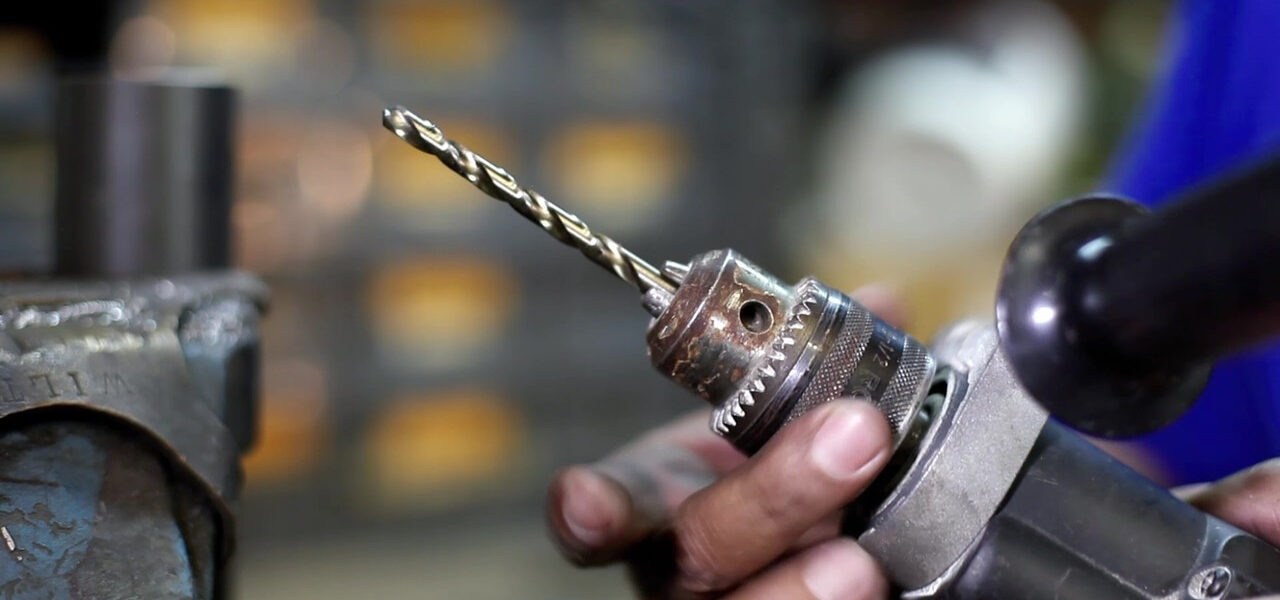
Precision and Power: The Ultimate Guide to Straight Shank Drills
Table of Contents
Straight shank drills are among the most versatile and widely used drill bits in workshops, construction sites, and DIY toolkits. Characterized by a smooth, cylindrical shank that fits snugly into a drill chuck, these bits deliver reliable performance across a broad range of materials and drilling applications. Whether you’re a professional tradesperson or a weekend tinkerer, understanding the features, benefits, and best practices for using straight shank drill will help you achieve cleaner holes, longer bit life, and greater safety on every project.
What Is a Straight Shank Drill?
A straight shank drill bit has a uniform, round shaft that extends from the cutting tip all the way to the end that seats in the drill. Unlike tapered or hex-shank bits, the diameter of a straight shank is constant, matching the chuck’s capacity — typically ranging from 1/16″ to ½” (1.5 mm to 12.7 mm) in standard sets. Because the shank is smooth and round, it relies on the drill’s jaws for grip rather than special flats or grooves. This simplicity translates to easy bit changes and broad compatibility with most hand drills, drill presses, and hammer drills (when used without hammer action).
Key Advantages of Straight Shank Drills
- Universal Fit
Straight shank bits fit virtually every standard drill chuck. You won’t need adapters or specialized holders — just open the chuck, insert the shank, tighten, and you’re ready to go. - Cost-Effective
Their simple design makes straight shank drills less expensive to manufacture, so they’re competitively priced compared to specialty bit systems. For hobbyists and professionals alike, this means building a comprehensive bit collection without breaking the bank. - Wide Material Compatibility
Available in a variety of materials and coatings, straight shank drills can be tailored to wood, metal, plastic, masonry, and composite substrates. High-speed steel (HSS), cobalt alloys, and carbide-tipped variants ensure optimal performance in softwood through stainless steel. - Interchangeability and Modularity
You can mix and match bits from different manufacturers, sizes, and geometries without worrying about proprietary shank profiles. This modularity streamlines toolkits and simplifies restocking.
Common Types of Straight Shank Drill Bits
- Twist Drills: The classic, helical-fluted bit for general-purpose drilling in wood, metal, and plastic. Flute angles and lengths vary to optimize chip removal and cutting speed.
- Brad-Point Bits: Designed for woodworking, these bits have a sharp center point and spurs on the outer edges for precise hole positioning and clean entry/exit.
- Masonry Bits: Feature carbide tips and flutes shaped to channel dust when drilling into brick, stone, or concrete. Use in hammer-drill mode for best results.
- Step Drills: Conical bits that cut multiple hole diameters in one go, ideal for thin sheet metal or plastic panels — common in HVAC work and electrical installations.
- Auger Bits: Long, spiral bits with deep flutes and a self-feeding screw tip, perfect for boring deep, clean holes in timber.
Choosing the Right Straight Shank Drill Bit
- Material & Coating
- High-Speed Steel (HSS): Everyday drilling in wood and soft metals.
- Cobalt (M-35 or M-42): Brake fluid– and heat-resistant for drilling hardened steel.
- Carbide-Tipped: For abrasive materials like brick or ceramic tile.
- Titanium-Nitride (TiN) Coating: Extends bit life by reducing friction; not suitable for regrinding once worn.
- Black Oxide: Offers mild corrosion protection and smoother cutting than bare HSS.
- Point Geometry
- 118° Angle: Versatile for wood and metal.
- 135° Split Point: Self-centering and faster penetration in harder materials; reduces “walking.”
- Length & Diameter
- Jobber Length: Standard length for most applications, balancing rigidity and reach.
- Short Series: Compact bits for tight spaces and reduced flex.
- Extra-Long (Aircraft Series): Extended reach for deep drilling, though more prone to deflection.
- Flute Design
- Standard Flute: General-purpose chip evacuation.
- Parabolic Flute: Enhanced clearing in deep or hard-cutting applications.
Best Practices for Straight Shank Drilling
- Secure the Workpiece: Use clamps or a vise to prevent spinning or movement, which can cause bit breakage and injury.
- Use Proper Speed: Lower speeds for larger diameters and harder materials; higher speeds for small bits and softer substrates. Consult manufacturer speed charts when available.
- Apply Steady Pressure: Let the bit’s cutting edges do the work. Excessive force leads to overheating, premature dulling, and potential bit breakage.
- Cool and Lubricate: When drilling metals, apply cutting fluid or oil to reduce heat and extend bit life. Masonry bits can be cooled with intermittent drilling rather than lubricant.
- Clear Chips Frequently: Withdraw the bit periodically to eject chips, preventing clogging and overheating.
- Inspect and Sharpen: Dull bits increase torque on the drill and enlarge holes. Regularly check for wear and sharpen twist drills on a bench grinder or sharpening jig.
Safety Considerations
- Wear Eye Protection: Chips and fragments can eject at high velocity.
- Avoid Loose Clothing and Jewelry: The rotating drill and bit can catch fabrics or rings, leading to serious injury.
- Use a Drill with a Safety Clutch: In case the bit binds, a clutch reduces the risk of wrist or arm injury.
- Disconnect Power When Changing Bits: Always switch off and unplug corded drills, or remove batteries from cordless models, to prevent accidental starts.
Maintenance and Storage
Store your straight shank bits in a dedicated case or rack that protects cutting edges and keeps sizes organized. Clean bits after use—especially those exposed to moisture or cutting fluids—to prevent corrosion. Label and replace any bits exhibiting significant wear or chipping.
Straight shank drills stand the test of time because of their adaptability, affordability, and ease of use. By selecting the right bit material, geometry, and size for your project, and by following proper drilling techniques and safety protocols, you’ll achieve precise, clean holes and maximize the service life of your bits. Whether you’re installing shelving, fabricating metal parts, or building furniture, the humble straight shank drill remains an indispensable tool in your arsenal.










